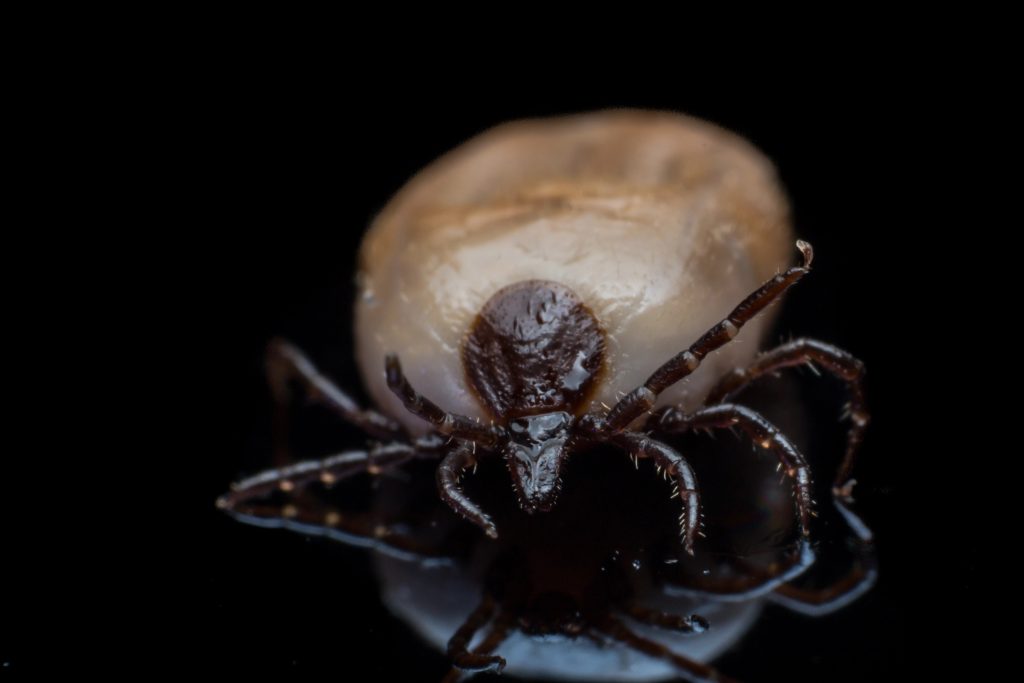
“One tick can begin an entire invasion.” That’s not a catchphrase from a horror movie—it’s the reality confronting the U.S. as the Asian longhorned tick quickly gains new ground, sproouting up in additional states and on additional animals each month. What began as a single sighting in New Jersey in 2017 has become a coast-to-coast battle to keep up, with farmers, pet owners, and outdoors enthusiasts all under pressure.
Though these little brown ticks might appear innocuous, their impact is far from it. They reproduce without sex, aggregate in the thousands, and introduce a whole new generation of disease threats and animal health issues. Here’s what you want to know about the Asian longhorned tick’s meteoric rise—and how you can keep ahead of it.

1. The Tick That Redefines the Rulebook on Reproduction
Forget what you think you know about normal tick life cycles. The Asian longhorned tick is a parthenogenetic beast meaning every single female can produce up to 2,000 eggs without ever encountering a male. As Keith Price from the Pennsylvania Department of Environmental Protection explained, “There’s no other tick in North America that reproduces in this manner.” That’s why just one stowaway on a migrating deer or a farm animal can spark a full-blown infestation in a new region.
This novel breeding strategy is the tick’s secret to its dramatic expansion. Longhorned ticks have leaped to 27 counties in Pennsylvania alone over a few years, with an increase of approximately 150% in their numbers. The outcome? Transcending swarms on animals, pets, and even hapless hikers.
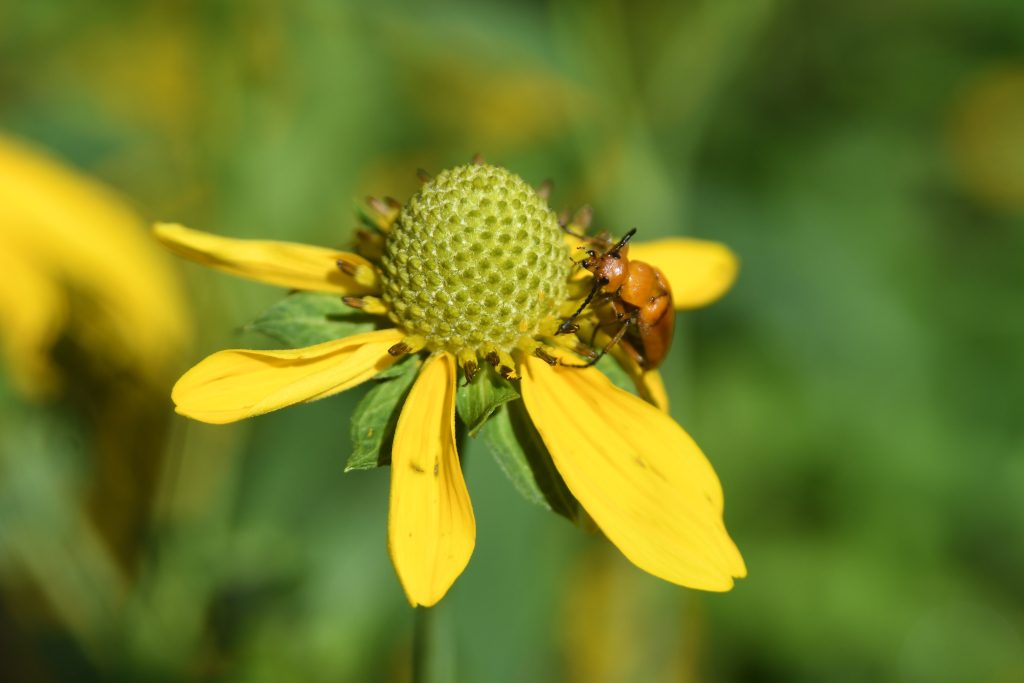
2. The Sneaky Expansion Across the U.S. And Why No State is Immune
First seen in New Jersey in 2017, the Asian longhorned tick is now confirmed in a minimum of 22 states—and growing. The tick is moving at a speed infrequently observed in invasive species, with confirmed sightings as far away as Arkansas, Kentucky, and Rhode Island, researchers say.
Its secret? Flexibility. The tick blooms in anything from warm southern grasslands to temperate northeastern forests. Host animals such as deer and birds transport it across state borders, and it’s equally content on a sheep farm or a suburban lawn. As entomologist Anna Pasternak points out, “ALT has been found on 25 different animal hosts including turkeys, squirrels, rabbits, raccoons, elk, deer, and bear” (source).
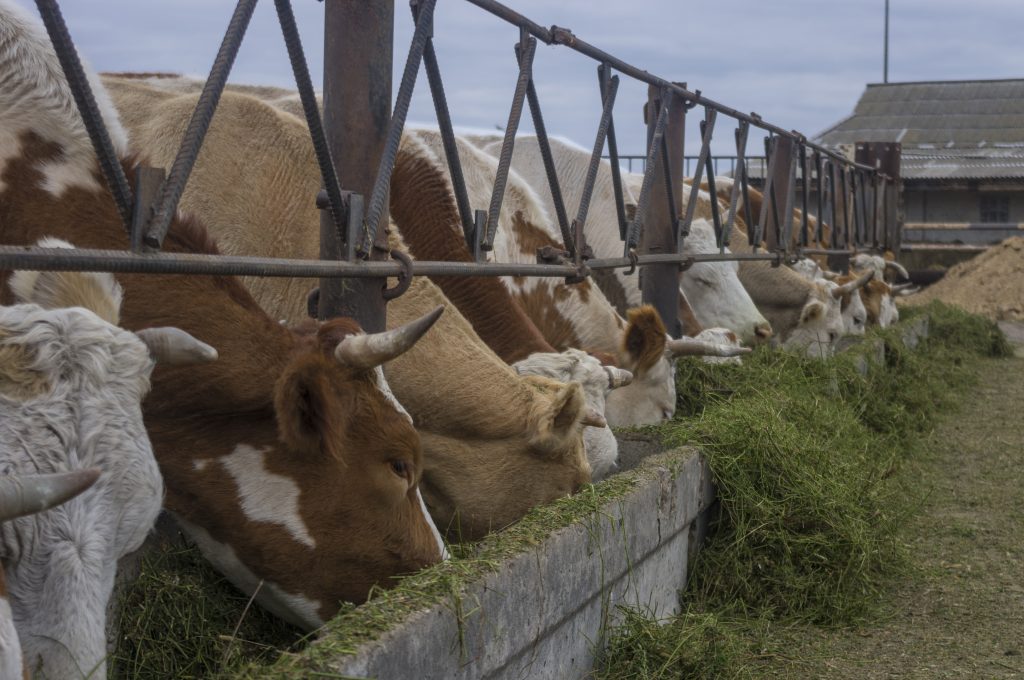
3. Livestock in the Crosshairs: The Theileria Threat
For beef farmers, the greatest concern is not the tick itself—it’s what it carries. The Asian longhorned tick is also now confirmed to be a vector for Theileria orientalis Ikeda, a parasite that leads to extreme anemia, weakness, and even death in cattle. In Australia, this disease costs the beef industry almost $20 million annually in lost productivity. Now, U.S. herds are experiencing similar losses, with outbreaks reported in Virginia, Kentucky, and Tennessee (read more).
What’s worse, as of this writing, there is no treatment or vaccine approved in the U.S. “It’s going to cost a lot of economic loss for producers, whether or not they know it,” warns veterinarian Melinda McCall. Farmers are asked to keep close watch for anemia, weakness, or unexplained deaths, particularly in calves and pregnant cows.
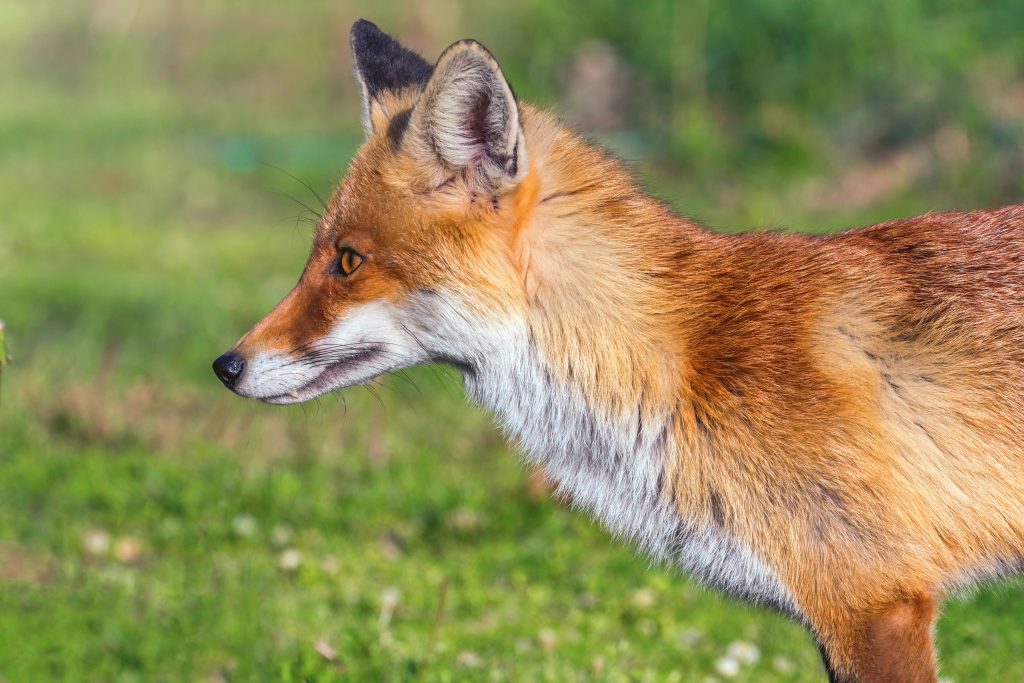
4. Pets and Wildlife: Not Off the Hook
It’s not only cattle in danger. The Asian longhorned tick has been discovered on dogs, cats, horses, sheep, deer, and even bears. Swarms can lead to extreme blood loss and discomfort for pets, and incidents of lambs suffering exsanguination death have already occurred in Tennessee (report here).
For pet owners, this means regular tick checks are non-negotiable. “Treating your pets with tick preventive medicine will keep them tick-free and help to prevent them from accidentally bringing the little bloodsuckers into your yard and house,” advises tick researcher Anna Pasternak.

5. Human Health: What’s the Real Risk?
Although less drawn to humans than to animals, it’s still letting its presence be known. The first documented U.S. human bite occurred in New York in 2018, and there have been subsequent cases in Virginia, Maryland, and Pennsylvania. The silver lining? Thus far, these bites haven’t resulted in illness.
Though, experts are still cautious. As Dr. Bobbi Pritt of the Mayo Clinic warned in Clinical Infectious Diseases, “Asian longhorned ticks can carry several important human pathogens, including the potentially fatal severe fever with thrombocytopenia syndrome (SFTS) virus and Rickettsia japonica, which causes Japanese spotted fever.” While these illnesses haven’t been detected in U.S. ticks as of yet, their future introduction is still of concern (source).
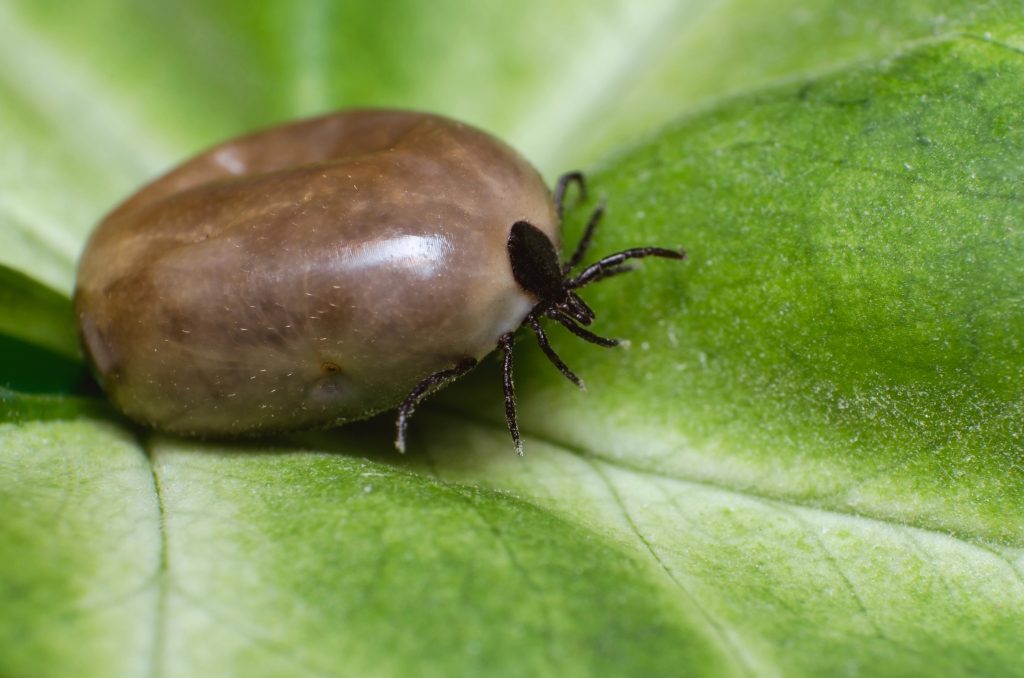
6. Why Traditional Tick Control Isn’t Enough
In contrast to native ticks, the Asian longhorned tick dismisses many traditional control methods. Its capacity to reproduce without males guarantees that even intense treatments will just briefly dent the population. And it’s a hitchhiking champion too—attaching itself to animals, humans, and even clothing to migrate to new locations.
Experts advise that the perfect defense is a blend of alertness and habitat control. “Integrated tick management strategies for livestock involve mowing grass, weeds and branches in and around pastures and keeping wooded areas a minimum of 10 feet from fences,” suggests the North Central IPM Center (more here).

7. Practical Prevention: What Actually Works?
So, what should you do? For humans, the fundamentals remain the same: use EPA-registered repellents (such as DEET or permethrin-treated gear), conduct regular tick checks following outdoor activity, and maintain trimmed lawns and brush. For livestock and pets, collaborate with your veterinarian to select the appropriate tick prevention products, and perform routine animal inspections—particularly around the ears, neck, and belly.
For farmers, having a 9-foot buffer strip between woodlands and pastures can minimize tick contact. Perimeter spraying and spot insecticides are useful, but always adhere to labels and call upon experts when necessary (see guidelines).

8. The Road Ahead: Surveillance, Research, and Community Action
With the tick now deemed to be established throughout much of the eastern U.S., experts say eradication is no longer feasible. Surveillance, rapid response, and public education are the new priorities. The USDA and state agencies are increasing efforts to monitor both the tick and Theileria, but funding and resources continue to be a problem.

“It won’t be long before much of the nation is infested,” warns veterinary pathologist Kevin Lahmers. But with public awareness, early detection, and continued research, there’s hope to contain the worst effects (full story).
The tale of the Asian longhorned tick continues to unfold, but this much is certain: its capacity to spread quickly and far is unprecedented in the U.S. For farmers, pet owners, public health professionals, and for everyone who enjoys the great outdoors, education and awareness is the key to safeguarding animals, livelihoods, and communities. The good news? By employing the right measures and a keen eye, it is possible to remain one step ahead of this small but potent aggressor.


